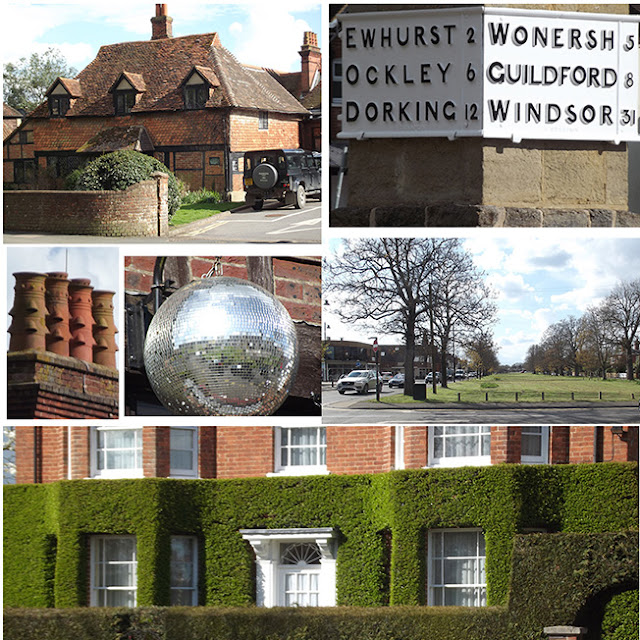Peruse and wonder.
Raquel Avendano, an Argentinian girl of no stated age or description. This photograph is attached to the emergency passport that was issued to her on 5 August 1936 by the Argentine consul in Barcelona, Spain.
She looks a remarkably modern girl after these eighty years. Her age and what she was doing in Spain we can only conjecture. The passport text is sparse but what detail there is tells a dramatic story. She is instructed to 'get out of Spain by any means and by any route and then present herself to the Argentine authorities in the country of arrival.'
The civil war in Spain is just beginning. Italian and German planes have already shipped Franco's army from Morocco to the Spanish mainland. Hitler is backing Franco, the Russians are supplying the Republicans.
The first of the International Brigade volunteers are landing in Spain as Raquel boards a ship in Barcelona on 7 August, arriving in Genoa, Italy on the following day. There the Argentine consul issues her with a visa to return home and she leaves Italy on 20 August, reaching Argentina on 4 September 1936.


















